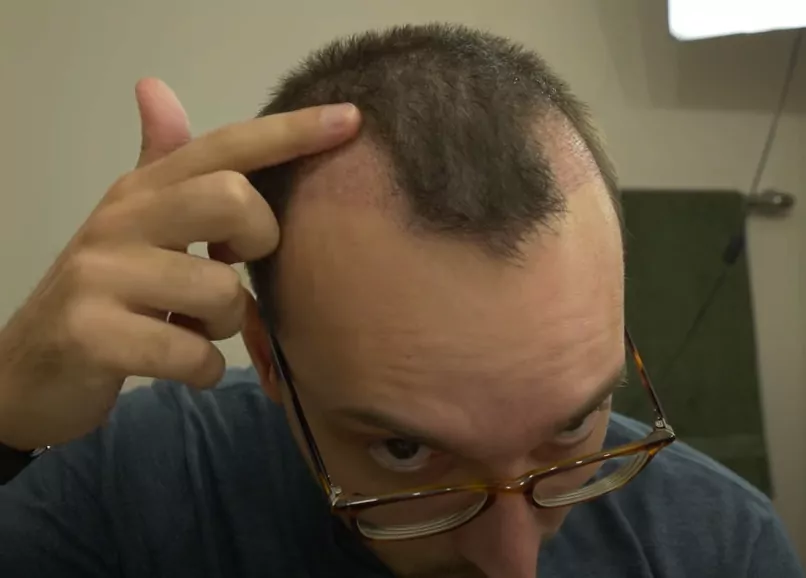
BREAKTHROUGH IN MALE PATTERN BALDNESS: NATURAL SUGAR SPARKS HOPE FOR HAIR REGROWTH
One naturally occurring sugar in the body might hold the key to curing male pattern baldness in millions of men worldwide. Researchers from the University of Sheffield, working in conjunction with COMSATS University Pakistan, have found that 2-deoxy-D-ribose could stimulate hair regrowth on mouse models, despite being a sugar integral to various biological processes.
A small dose of 2dDR applied in the study, published in journal Frontiers in Pharmacology, indicated hair regrowth, besides promotion of new blood vessels formation. The researchers’ findings could offer an alternative to existing treatments for androgenic alopecia affecting up to 50% of men globally.
Male pattern baldness is such a common condition, affecting men all over the world, but at the moment there are only two FDA-licensed drugs to treat it,” said Professor Sheila MacNeil, Emeritus Professor of Tissue Engineering at the University of Sheffield. The research suggests that using a naturally occurring deoxyribose sugar to boost blood supply to hair follicles could encourage hair growth.
Over the last eight years, the research team has been working on how that sugar helps wounds heal by promoting the growth of new blood vessels. Working on these studies, they began to notice that hair in areas around the wounds to which the sugar had been applied grew much more quickly than in areas where no medication was applied. That has driven them to investigate the sugar’s potential for treating hair loss.
To test their theory, scientists generated an in-vivo model of testosterone-driven hair loss in mice, paralleling the cause of male pattern baldness in humans. As proved by the results, 2dDR was as potent as Minoxidil in promoting hair regrowth, which is already a leading hair loss treatment. However, 2dDR is a naturally occurring compound that could be delivered via a variety of carrier gels or dressings.
According to Associate Professor Muhammad Yar of COMSATS University, this sugar compound is an important factor owing to its natural, inexpensive, and stable qualities. “This makes it an attractive candidate to explore further for the treatment of hair loss in men,” he says.
It was also observed in the study that treatment with 2dDR produced more blood vessels and increased hair follicle length and density, similar to the action of Minoxidil. The sugar compound increases the amount of hair in the anagen or growth, stage, also critical for maintaining hair density.
While the findings are still preliminary, they give hope to people who suffer from hair loss. The researchers appear to believe that 2dDR up-regulates vascular endothelial growth factor required for new hair growth. Further studies are needed to investigate the exact mechanisms and possible applications of this sugar compound.
The breakthrough discovery shifts focus into the harnessing of natural compounds in developing new and effective topical treatments in the relentless quest for effective treatments of hair loss. A potential 2dDR could benefit millions worldwide by offering a safer, more pocket-friendly alternative to current treatments for hair loss.
Although promising, these results open the way to further investigation with a view toward future applications of this naturally occurring sugar in treating male pattern baldness and, hence, probably other forms of hair loss.
The post Breakthrough in Male Pattern Baldness: Natural Sugar Sparks Hope for Hair Regrowth first appeared on BuzzHint.
2024-07-26T03:06:51Z dg43tfdfdgfd